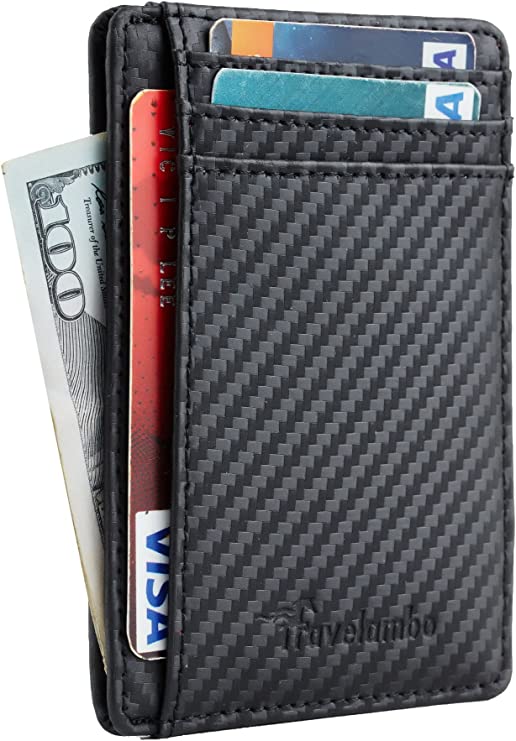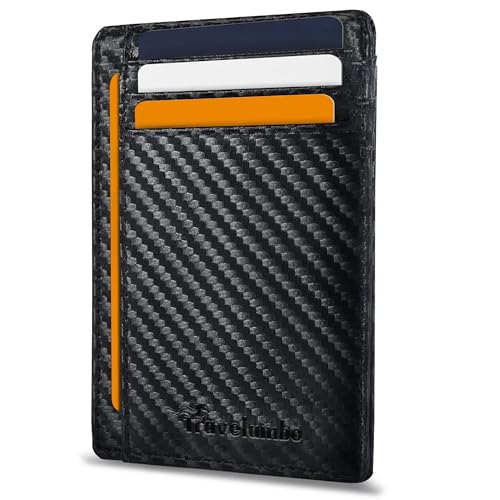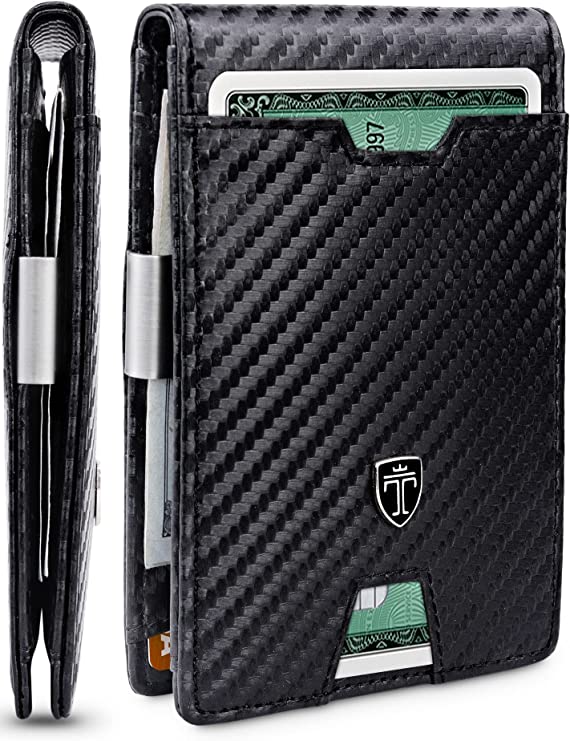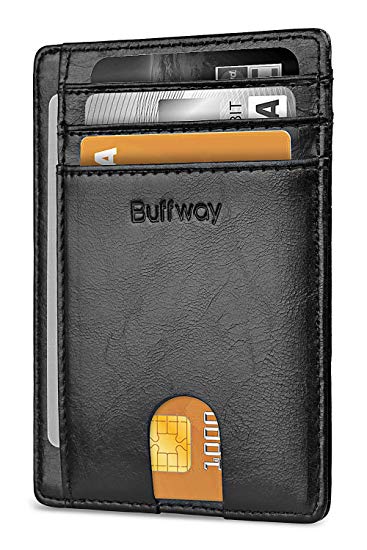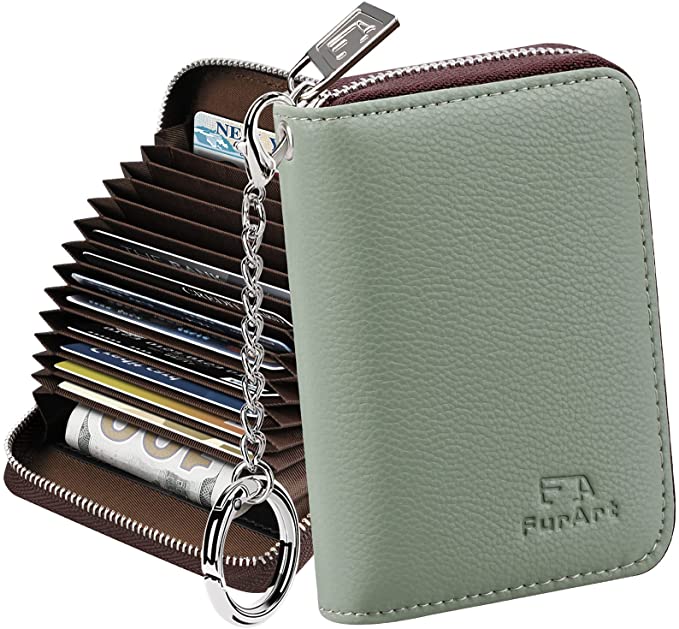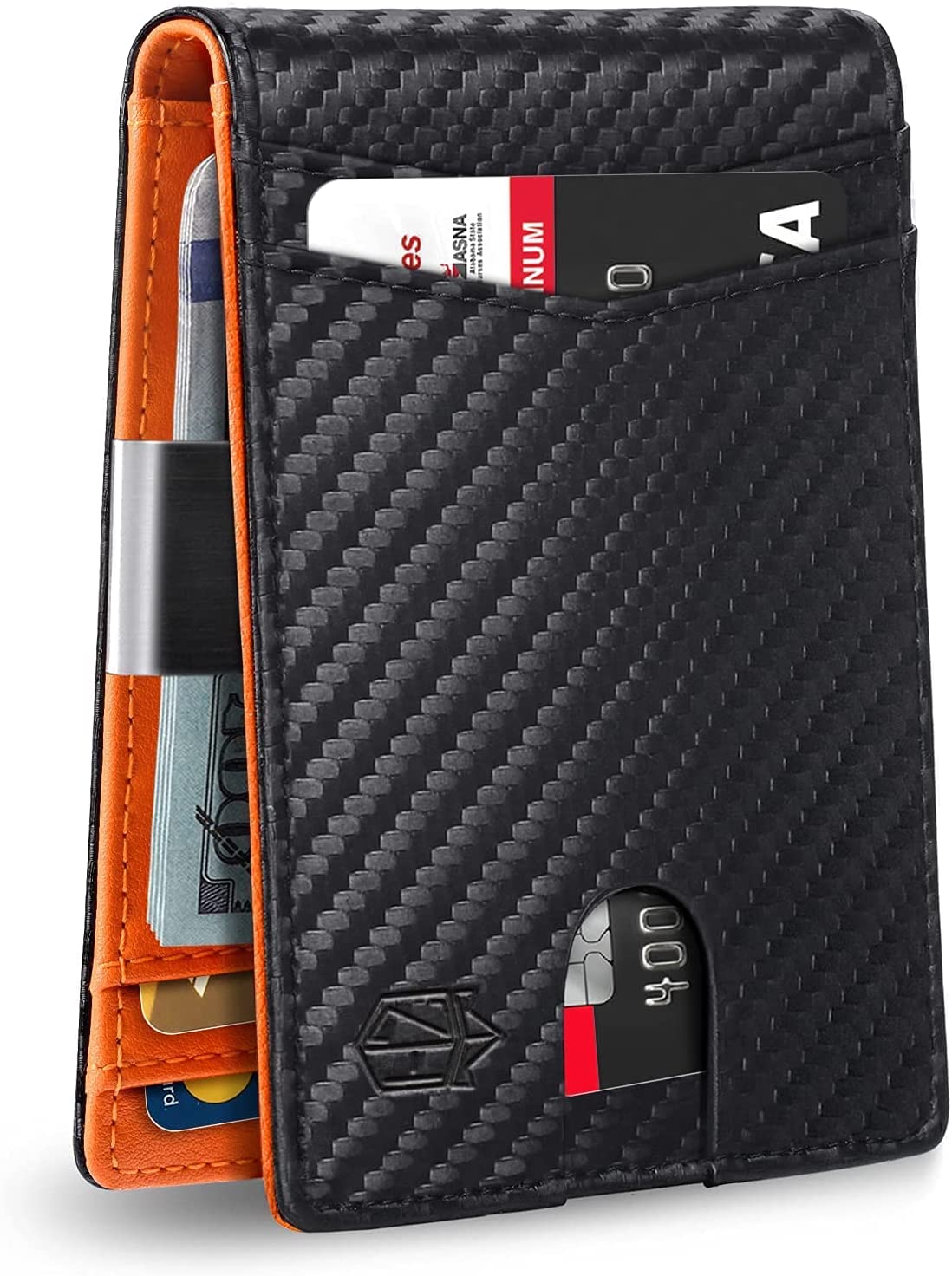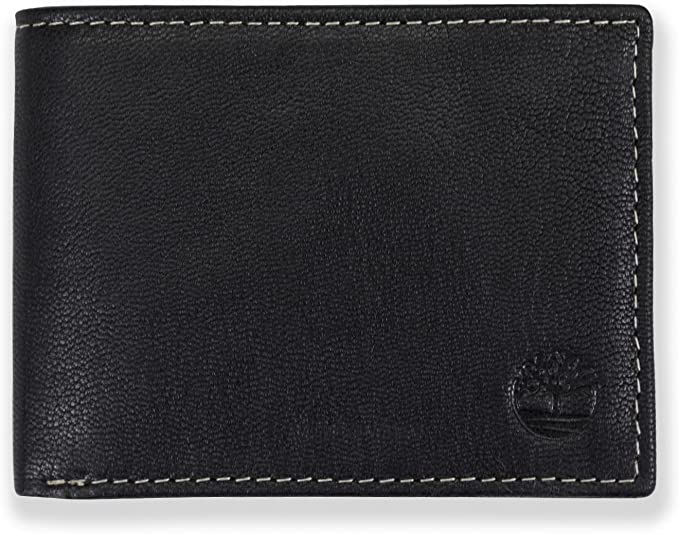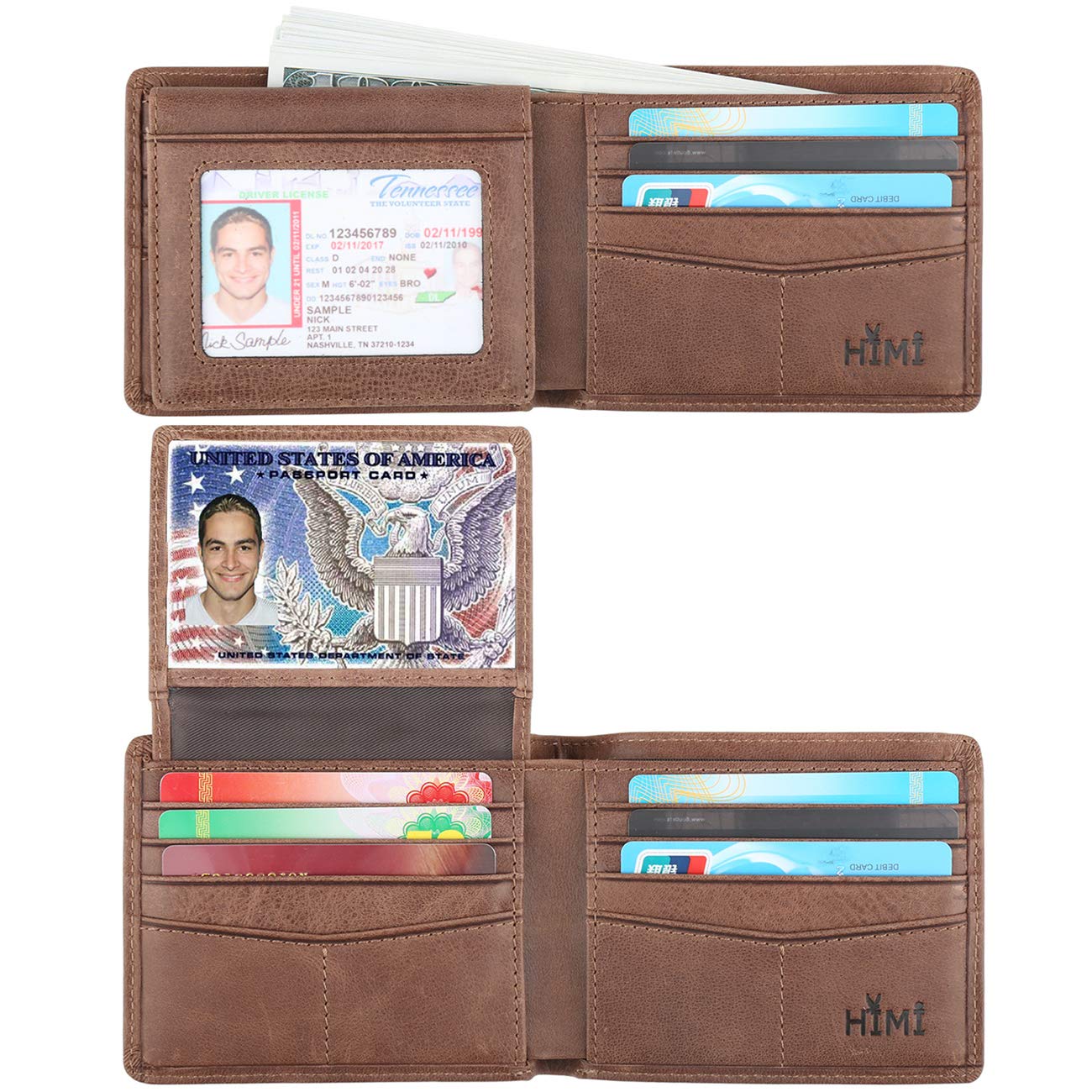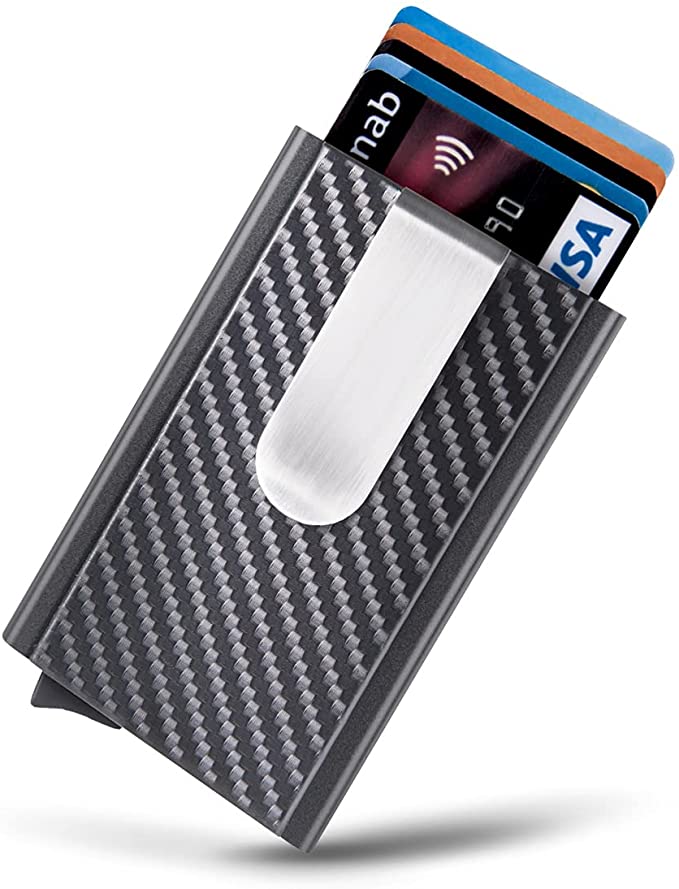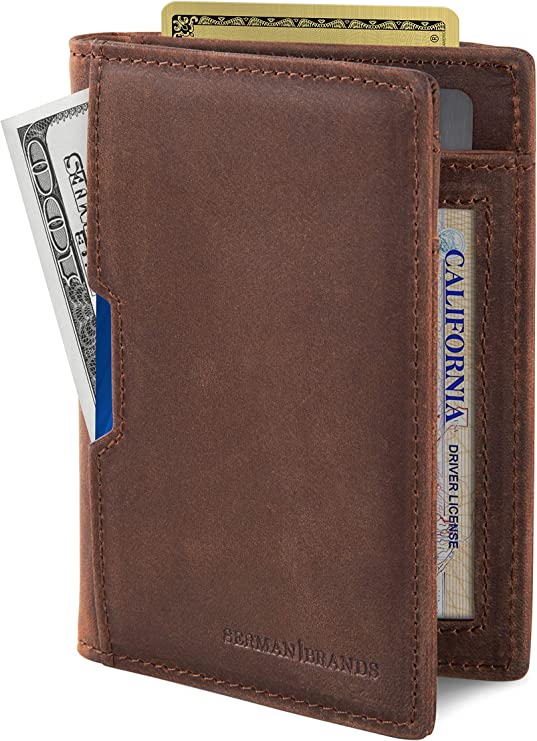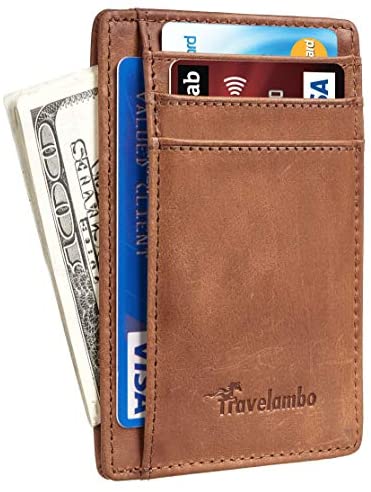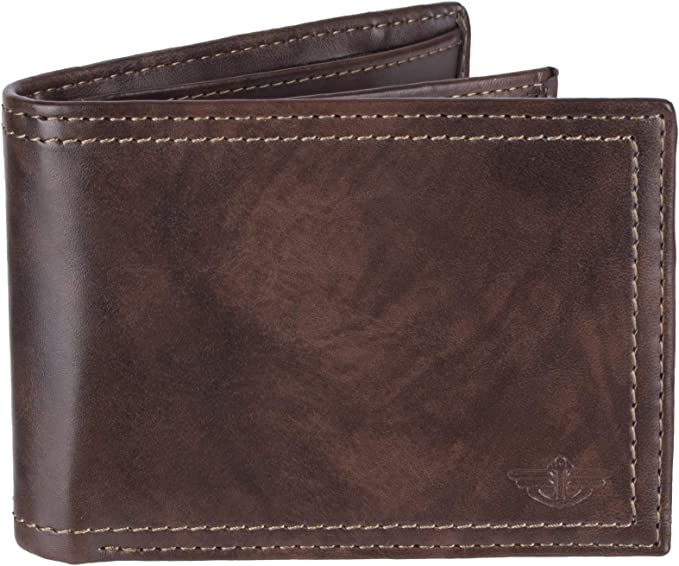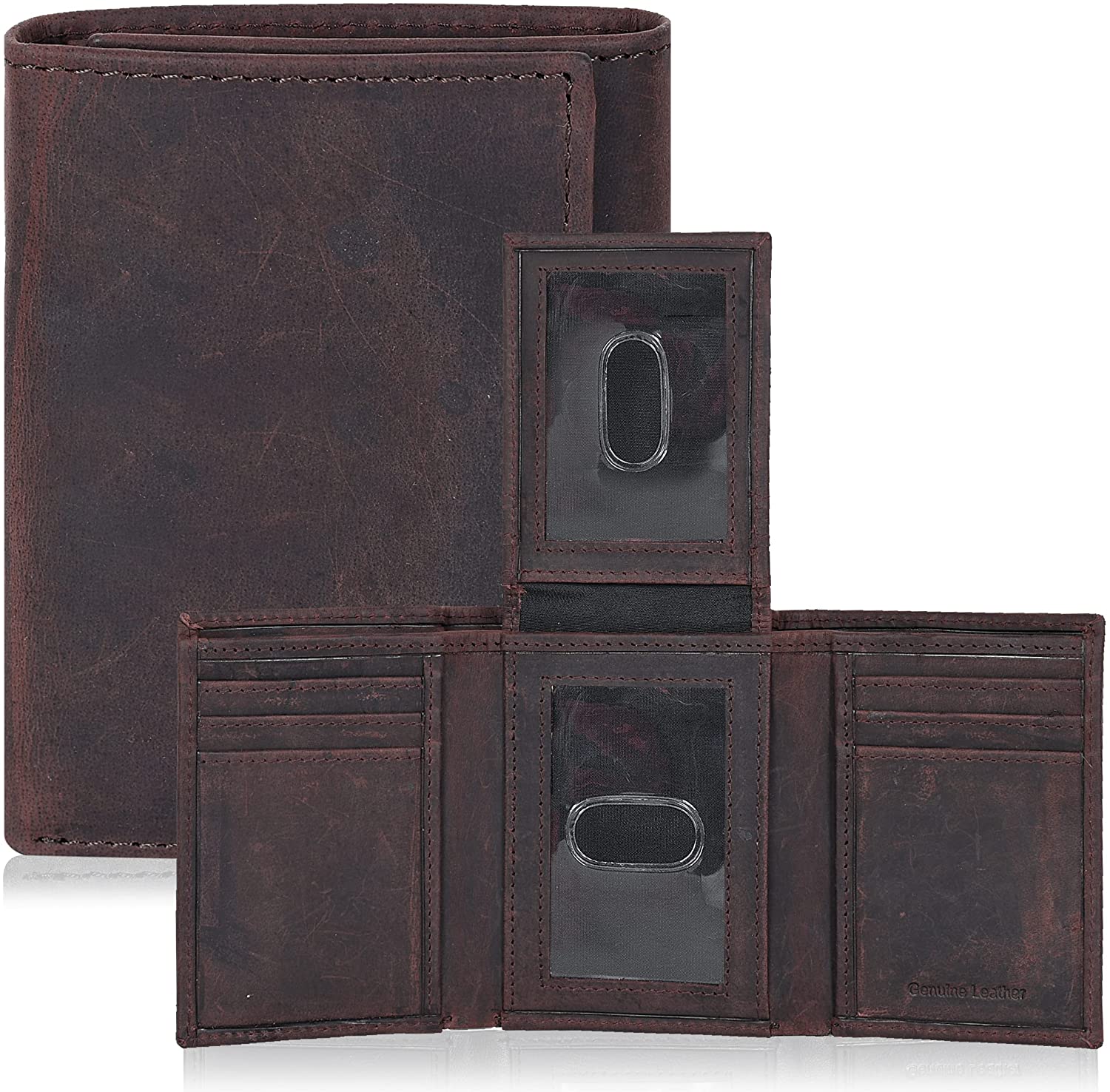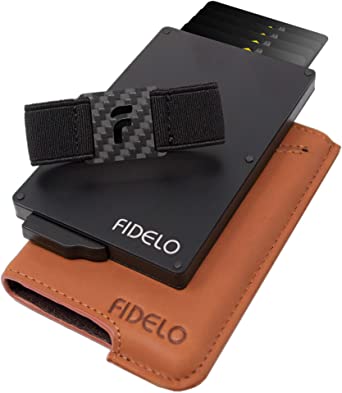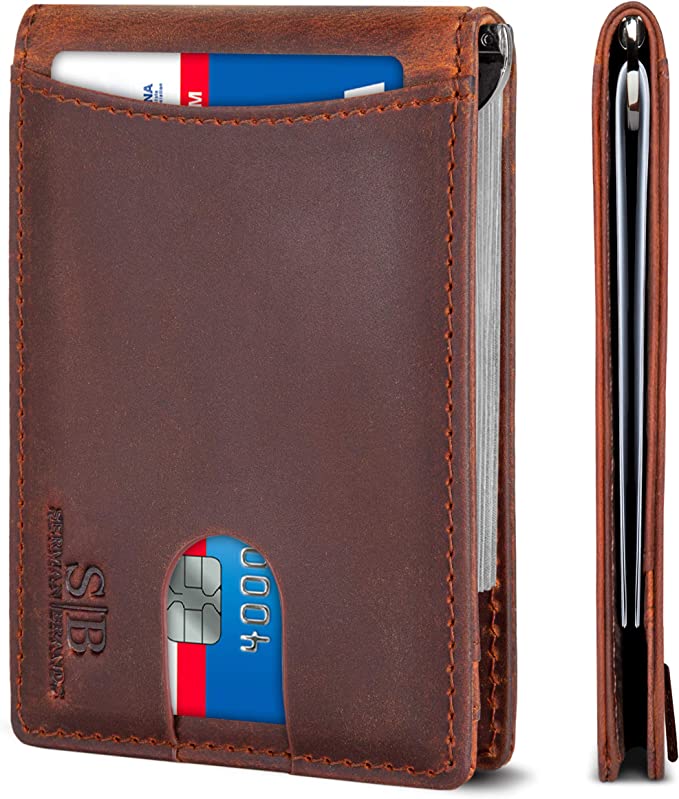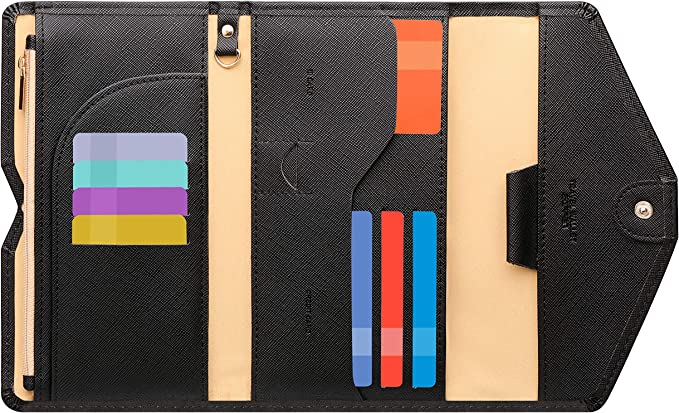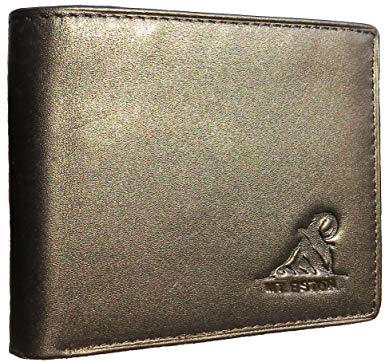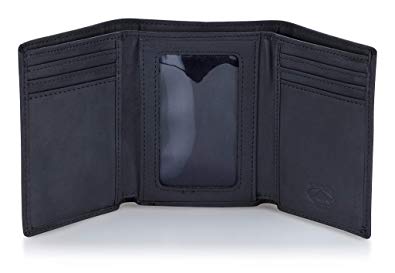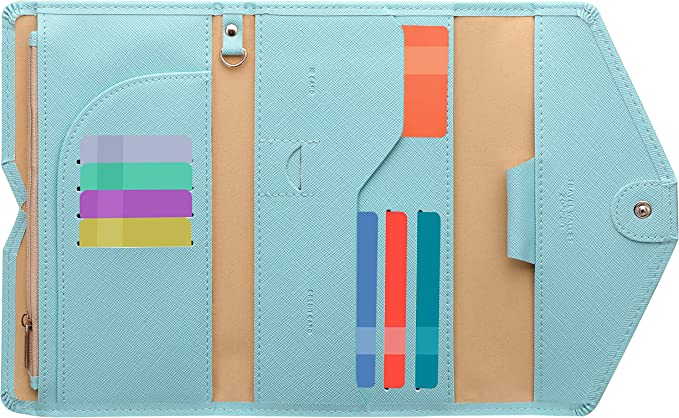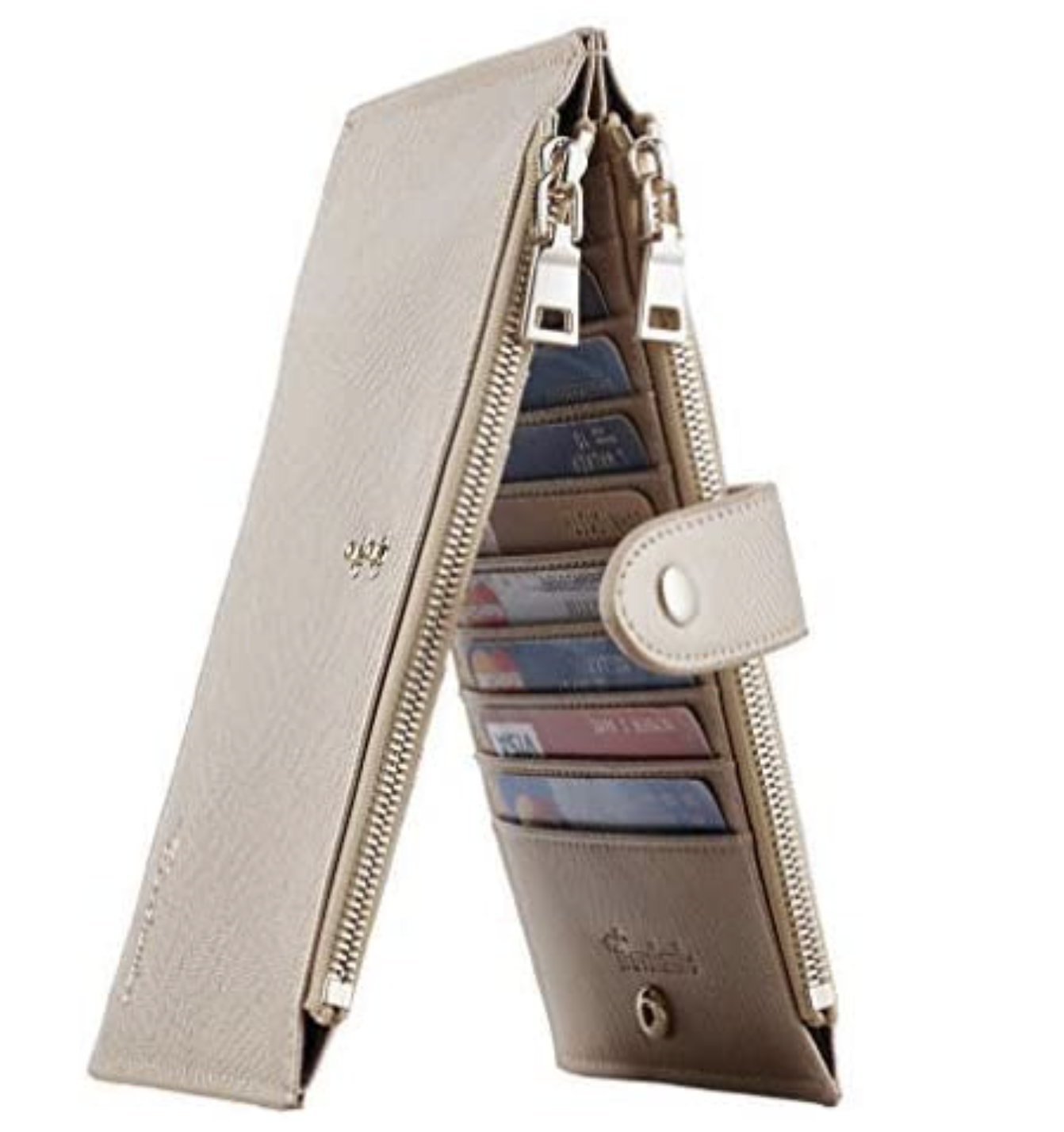Travelambo Handmade Pocket RFID Blocking Wallet
Last updated: August 4, 2022
We looked at the top RFID Wallets and dug through the reviews from some of the most popular review sites. Through this analysis, we've determined the best RFID Wallet you should buy.
Product Details
In our analysis of 84 expert reviews, the Travelambo Handmade Pocket RFID Blocking Wallet placed 18th when we looked at the top 19 products in the category. For the full ranking, see below.From The Manufacturer
Travelambo slim wallet design with the szie 4 x 3.2 x 0.1 inches, which only weight 0.3 ounces. You can easily carry up to SIX cards and cash without any obvious pressure in your pocket. RFID Blocking Wallet. Equipped with high density lining which can block RFID signals, protect your valuable information from unauthorized scans. Keep your ID card and credit/debit card safe.
Expert Reviews
What reviewers liked
An inexpensive, beautifully hand-made women’s wallet with excellent quality, it is certainly worth checking out.
It can hold a mess of credit cards, IDs, punch cards, photos, cash, and whatever else you feel like carrying around at all times. It has two small buckles for card access, and a zipper for cash and coin access.
The fold-out wallet features two convenient zippers at the top of each side, and it snaps together to stay closed when not in use.
- Bustle
This wallet is very compact and has 15 card slots, the second highest being reviewed. The wallet also offers good protection against card skimming to help give piece of mind.
There’s plenty of room for all the cards you use for payments, business cards, insurance cards, as well as other access cards you need on a daily basis. Y
Another good thing about this Travelambo Womens Walllet is the button strap which helps the wallet always closure when in need to provide ultimate protection for your valuables
It’s a really great size for your hand and will fit comfortably in back or front pockets.
The wallet has been tested in an independent lab to block against RFID scanning technology, and has been proven to keep credit cards and IDs safe.
- Heavy
Of course, one of the highlights is the ultra-slim design. The wallet is just 0.12” thick when empty. Even stuffed with cards and cash, it’s still one of the thinner models on the market today.
This wallet comes with a bigger deeper pocket for your cash and two smaller gold lined pockets, an ID card slot, and three card slots on the opposite side.
It’s quite roomy so you will have enough space for your cards, money, and tickets. The wallet is made of genuine, durable leather so you can expect it to last for some time.
It is super Minimalist and slim by only 0.12inch thick very convenient on your pocket made from soft and genuine leather. The wallet can hold by up to 6 credits cards.
The Travelambo is a brilliant choice if you don’t like carrying your wallet in your back pocket. Not only it is chic and simple, but also comes with a silver embroidered lining to block RFID signal for the safety of your credit and debit cards.
What reviewers didn't like
While a large bifold wallet like this may be overkill for some people.
Unfortunately their only downside of being a small company is that their quality control seems to let them down occasionally.
Practically speaking, the only real error in design is the front pocket of the card slots. I’ve seen this in wallets before and it’s a shame.
Doesn’t close completely (tops of cards are exposed)
- Heavy
Another small downside is that as with any leather wallet it will stretch a bit over time.
The quality isn’t that great, but the wallet is no doubt great for the price
View our RFID Wallet buying guide for in-depth advice and recommendations.
